Differences between ICE, Hybrid and Electric Cars
The Tusker Car Benefit Scheme has cars of all fuel types so that your car fits with your lifestyle. Find out more about the differences between EV’s, Hybrid and traditional ICE (petrol/ diesel) vehicles.
Electric Cars
The rapidly growing number of electric cars on the road means we’re all becoming quite familiar with Electric Vehicles. Totally electric with batteries large enough to cover the majority of scenarios, the very best of the breed rapid charge in around 30 minutes and deliver zero tailpipe emissions.
A growing public charging network and ever more capable battery technology means that an EV can actually fit into most lifestyles today. They also come with the added benefits of reduced maintenance, great performance, and near silent driving.
EVs are also the most cost effective way to save on the salary sacrifice scheme as they attract just 2% Benefit in Kind until 2025.
Is driving an EV different to a petrol or diesel car?
There are more EVs on the road than ever before, but if you’re new to electric cars, you’re probably wondering how different this brave new world is. While there are some changes – and many benefits – you needn’t worry about driving an EV. Fundamentally, it still operates like most other automatic cars.

1. Silence is golden
Electric cars aren’t powered by a series of small explosions like the engine of a combustion (petrol or diesel) model, instead instantaneous power is delivered from a battery and electric motor with this featuring very few moving parts. The net result is that electric cars are near silent, something that makes for a more relaxing driving experience.

2.Regenerative braking
EVs are all about efficiency, and so energy typically lost as you slow down in a combustion car is actually recaptured in an electric model. This system is called regenerative braking and it uses that otherwise lost energy and puts it back into the battery. From behind the wheel you’ll notice that the car naturally slows down faster with this effect able to be increased or decreased via the car’s settings. In its most aggressive mode, you can actually drive some EVs just using the accelerator with the car bringing itself to a stop. This is known as “one pedal” driving.

3. No more trips to the petrol station
One of the biggest differences is that you don’t fuel an EV with petrol or diesel. Plugging into a home charger or public charger tops up the battery just like in your mobile phone. Some EVs only need 30 minutes to charge the battery to 80% via rapid charging, and many have large batteries that reduce how frequently you’ll need to charge.
Plugging in at home is not only convenient, but you can also set your EV to take advantage of cheaper electricity tariffs overnight which can also save you significantly compared to the petrol pump.
Find out more about Home Charging
4. Instant performance
Electric cars don’t build their power like a petrol or diesel car. Acceleration is instant, like turning on a light switch at home, making the driving experience rather empowering. Overall performance will be dictated by which EV you drive, but all possess that instant off-the-line punch that’s perfect for overtaking.
5. Most advanced technology
As car manufacturers focus on developing electric and hybrid cars, these models often have the most advanced technology and infotainment systems of all new cars available.

6. Environmental Benefit
Electric cars don’t emit any local emissions, making the air around them much cleaner. Local cities are frequently banning or fining polluting cars, and so driving an EV might also be good for your wallet.
There is an argument about how the electricity you charge your car with is generated and how much CO2 that may cause, but increasingly charging an EV can be done via renewable sources so the environmental benefits can be even greater.

Electric Car Options on the Tusker Car Benefit Scheme

BMW 4 Series

Mercedes EQA
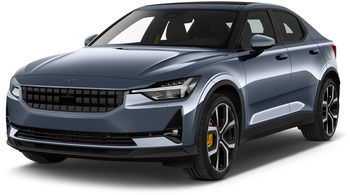
Polestar 2
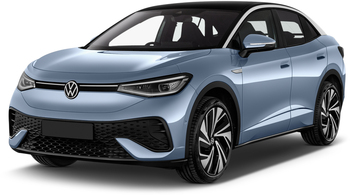
Volkswagen ID.5
Hybrids
There is more than one way to go electric, with car manufacturers offering hybrid vehicles to full EVs and everything in between. But what is a hybrid? What’s the difference between a plug-in and mild-hybrid? And what on earth does PHEV stand for? This page aims to bust the jargon and work out which vehicle is right for you.
What is a hybrid car?
Hybrids often deliver the best of both combustion and electrification, especially for those not quite ready to make the jump to a full EV yet. The combination of an onboard battery that supports a petrol engine helps to lower emissions and boost fuel economy.
Mild Hybrid
Mild-hybrid cars or ‘self-charging’ hybrids are becoming increasingly common with pure combustion models frequently replaced with this power option. In a nutshell, a mild-hybrid features a small battery that’s only really used at very low speeds or to aid the performance of the petrol engine. It charges by itself as you drive and has no need to be plugged in.
Familiar petrol and diesel cars are regularly making the switch to mild-hybrids to meet strict emissions regulations. In fact, you might be driving one already…

Plug-in Hybrid
Also often referred to as a PHEV (Plug-in Hybrid Electric Vehicle), plug-in hybrids also feature a combustion engine, but unlike mild-hybrids, you can directly plug these cars in to charge their considerably larger batteries. Many of these models will be able to cover around 80 miles on pure electric, meaning you’ll only need to fire-up the engine for longer trips.
This is a great solution for those frequently making longer journeys or for those who aren’t yet confident in the growing charging network. If charged daily, most drivers will actually hardly use the petrol engine, making a PHEV a great way to transition into electrified motoring.
With their reduced CO2 levels and the ability to travel in electric-only mode, PHEVs attract reduced benefit in kind of just 8% so offer a cost effective alternative to petrol or diesel cars on the salary sacrifice scheme.
Find out more about PHEV's
Hybrid Options on the Tusker Car Benefit Scheme
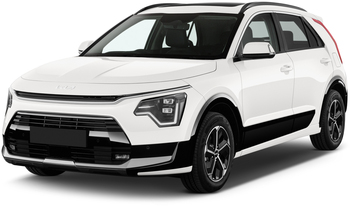
Kia Niro
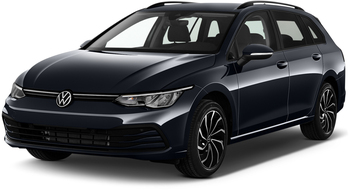
Volkswagen Golf
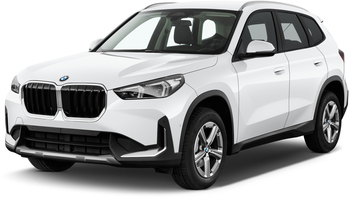
BMW X1
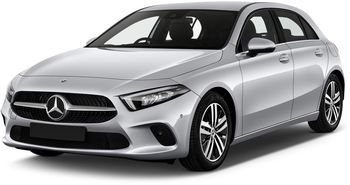
Mercedes A-Class
